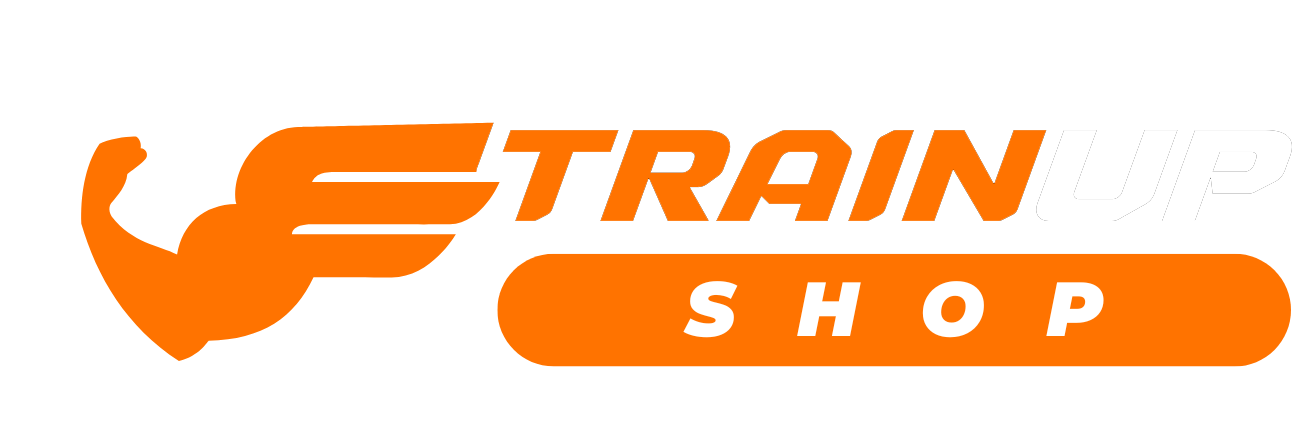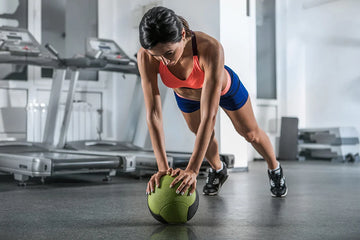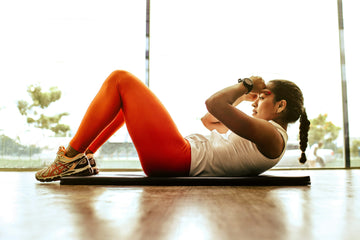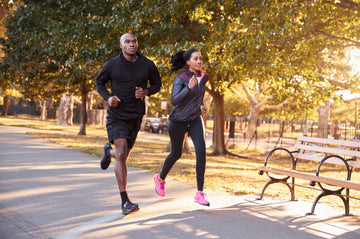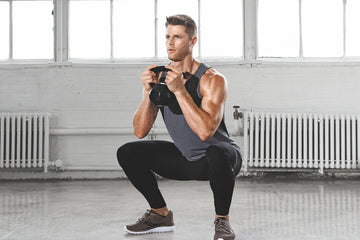When most people think about “core training,” the first thing that comes to mind is a six-pack. And while those defined abs are nice, a strong midsection goes far beyond appearance. Your core is at the center of everything you do—from standing tall and walking with ease to lifting heavy groceries, carrying your kids, or even keeping good posture while working at your desk. A weak core can lead to back pain, fatigue, and even injuries. A strong core, on the other hand, gives you confidence not only in how you look, but also in how you move, live, and feel.
This is why building a stronger midsection is about so much more than endless crunches. The core is a network of muscles—abs, obliques, lower back, and deep stabilizers—that all work together. The right exercises train them as a team, helping you move more efficiently and stay supported from the inside out. In this guide, we’ll explore some of the best exercises for true core confidence, plus tips on making them more effective.
Why Core Strength Matters
Imagine your body as a house. The core is the foundation. If the foundation isn’t solid, everything built on top becomes unstable. From athletes looking to improve performance to parents chasing after little ones, everyone benefits from a stronger, more stable midsection.
Core training improves:
-
Posture: Keeping you upright and reducing slouching.
-
Balance: Helping you stay steady on your feet.
-
Strength Transfer: Powering movements in the gym, on the field, or during everyday life.
-
Injury Prevention: Supporting the spine and lowering risk of strains.
The Best Exercises for a Stronger Midsection
Let’s move beyond basic sit-ups and explore core exercises that actually deliver.
1. Plank Variations
Planks are simple but powerful. They engage not only the abs but also the shoulders, back, and glutes.
-
Basic Plank: Hold your body in a straight line from head to toe, elbows under shoulders.
-
Side Plank: Adds an oblique challenge while also strengthening the stabilizers.
-
Plank with Shoulder Tap: Builds anti-rotation strength, keeping your hips steady as you alternate taps.
Pro tip: Focus on quality over duration. Even 20–30 seconds of perfect form beats a minute of sagging hips.
2. Dead Bug
It might sound silly, but this is one of the best exercises for activating your deep core muscles.
-
Lie on your back, arms extended up, knees bent at 90 degrees.
-
Slowly lower your right arm and left leg while keeping your back flat.
-
Return to start and switch sides.
This movement teaches your body to stabilize the spine while your limbs move—a skill you use daily.
3. Russian Twists
This rotational exercise fires up the obliques.
-
Sit on the floor, lean back slightly, and lift your feet if possible.
-
Twist side to side, touching the ground or holding a light weight.
It’s excellent for building rotational strength (think about swinging a bag of groceries into the car).
4. Ab Rollouts
If you’re ready to take things up a notch, ab rollouts are a core crusher. Using an Abdominal Muscle Wheel (or a 4-wheel roller for added stability), start on your knees and roll forward slowly, keeping your core engaged. Roll back to start without arching your lower back.
This exercise strengthens not only your abs but also your lats, shoulders, and spine stabilizers. It’s challenging but incredibly rewarding once you build control.
5. Balance and Stability Work
Training your core isn’t only about strength—it’s about control. Tools like a 360 Degree Balance Board make simple movements, like standing or planking, much more dynamic. By constantly adjusting to stay stable, your core learns to fire in real-life situations where balance matters most.
6. Leg Raises
Leg raises target the lower abs, an area many people find tough to strengthen.
-
Lie on your back, legs straight.
-
Slowly lift them up, keeping your lower back pressed to the floor.
-
Lower with control (don’t let gravity do the work).
For beginners, try bent-knee raises. For advanced, hold onto a pull-up bar and do hanging leg raises.
7. Bird Dog
This underrated move strengthens the core and improves balance.
-
Start on all fours.
-
Extend one arm forward and the opposite leg backward.
-
Hold, then switch sides.
It looks simple, but the coordination and control required makes it powerful for spinal health.
Tips to Make Core Training More Effective
-
Focus on Form: Core exercises are about control, not speed.
-
Breathe Properly: Exhale during effort, inhale during release—it keeps the core engaged.
-
Mix It Up: Combine static holds (planks) with dynamic moves (leg raises) for balance.
-
Don’t Overdo It: Core muscles need recovery like any other group. 3–4 sessions a week is plenty.
Beyond the Abs: Building True Core Confidence
The real magic of core training isn’t about chasing a “flat stomach” or “perfect abs.” It’s about building confidence in your body—knowing you can move with strength, stability, and resilience. When your core is strong, everything else becomes easier: lifting, running, playing with your kids, or even sitting at your desk pain-free.
And remember, the best core workouts don’t have to be long or complicated. A few focused exercises, done consistently, can completely change how you feel. Tools like an Abdominal Muscle Wheel or a 360 Degree Balance Board can enhance the challenge, but even bodyweight moves like planks and bird dogs work wonders.
So the next time you roll out your mat, think of core training not as a chore, but as an investment in your everyday confidence. Strong from the inside out—that’s the kind of strength that lasts.

